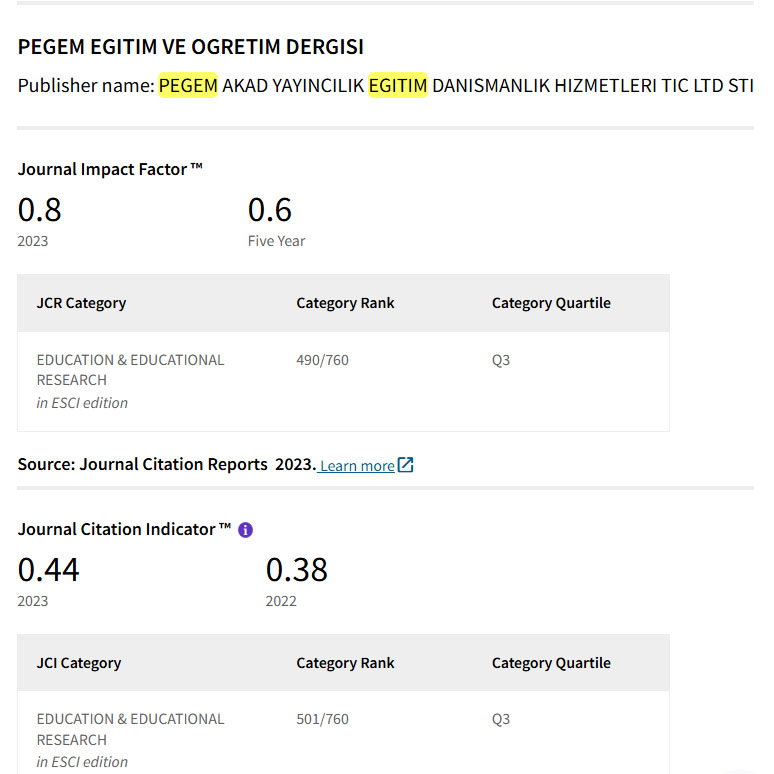Predictors and Clinical Implications of Metabolic Syndrome in Systemic Sclerosis: Prevalence, Pathophysiological Links, and Predictive Markers
Keywords:
Metabolic Syndrome, Predictors, Clinical Implications, Systemic SclerosisAbstract
Background: Systemic sclerosis (SSc) is a chronic, multisystem autoimmune disorder characterized by vascular dysfunction, immune activation, and progressive fibrosis of the skin and internal organs. Increasing evidence has highlighted the frequent coexistence of metabolic syndrome (MetS) in patients with SSc, a combination that substantially elevates the risk for cardiovascular morbidity and mortality.The intertwining pathophysiological mechanisms of SSc and MetS, including chronic inflammation, endothelial dysfunction, and adipokine imbalance, suggest a complex bidirectional relationship that extends beyond simple coincidence. This review aims to provide an updated and comprehensive analysis of the prevalence, predictors, and clinical implications of metabolic syndrome in systemic sclerosis. Special emphasis is placed on pathophysiological links, key clinical predictors, and novel biomarkers that can facilitate early identification and risk stratification of MetS in SSc patients. An extensive literature search was conducted in PubMed, Scopus, and Web of Science databases to identify observational studies, clinical trials, and meta-analyses published in the last 20 years. The review synthesizes current knowledge regarding the epidemiology of MetS in SSc, underlying molecular and cellular mechanisms, and predictive markers with potential clinical utility. Furthermore, it addresses the impact of MetS on the prognosis of SSc and discusses therapeutic and preventive strategies tailored to this high-risk population. Conclusion: Metabolic syndrome is prevalent in systemic sclerosis and is associated with adverse clinical outcomes, including increased cardiovascular risk, organ involvement, and poorer quality of life. Recognition of the predictors and early detection through emerging biomarkers are crucial steps in risk reduction and management. Future research should focus on longitudinal studies to validate predictive models, clarify causal relationships, and explore personalized interventions aimed at mitigating the dual burden of metabolic and autoimmune dysregulation in SSc. Enhanced
understanding of the metabolic-cardiovascular axis in systemic sclerosis promises to improve patient stratification, targeted therapy, and long-term outcomes.
Downloads
References
Denton CP, Khanna D. Systemic sclerosis. Lancet. 2017;390(10103):1685-1699.
Elhai M, Avouac J, Kahan A, Allanore Y. Systemic sclerosis: recent insights. Joint Bone Spine. 2015;82(3):148-153.
Domsic RT, Rodriguez-Reyna T, Lucas M, Fertig N, Medsger TA Jr. Skin thickness progression rate: a predictor of mortality and early internal organ involvement in diffuse scleroderma. Ann Rheum Dis. 2011;70(1):104-109.
Downloads
Published
How to Cite
Issue
Section
License

This work is licensed under a Creative Commons Attribution-NonCommercial 4.0 International License.
Attribution — You must give appropriate credit, provide a link to the license, and indicate if changes were made. You may do so in any reasonable manner, but not in any way that suggests the licensor endorses you or your use.
NonCommercial — You may not use the material for commercial purposes.
No additional restrictions — You may not apply legal terms or technological measures that legally restrict others from doing anything the license permits.



